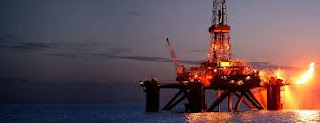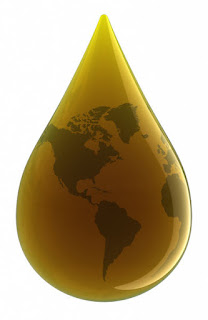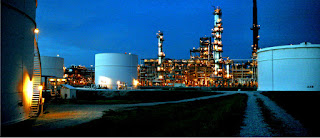In this article main topic will be to show importance of petroleum courses in rawalpindi
With the opening of the worldwide markets as a result of the globalization, the world has never remained the same when it comes to the international trade and the relationship between the different nations. Indeed globalization has made the worldwide trade to be conducted on one single platform, which has to be very well endowed to the painful efforts taken by the world leaders.
Today the world has become a single window, with the export and import to most of the nations possible. Big companies have very well acquired the multinational status, after the advent of the globalization. The companies started to make the presence in almost all the nooks and corners of the world and this led to the setting up of the several branches of a company. For large gas and oil drilling companies, the same thing has occurred and it was seen that the oil majors started to acquire the drilling and mining rights, in countries throughout the world.
Furthermore, following information is provided in detail in petroleum courses in rawalpindi
Oil drilling had its roots centuries back and at that point of time it was restricted only to some countries. With globalization most of the countries started to get the best and latest technology required for performing oil drilling, within their boundaries and they acquired this through the knowledge transfer from the big wigs of the oil industry. So much of technology has ever since been transferred to foreign lands and also the man and machinery have very well seen the remotest places previously uninhabited by man.
But with the opening of the world markets through globalization, it had its own set of problems, for with it came the sense of foreign invasion into the social and cultural heritage of a country. This has ever since increased the geopolitical barriers and caused strain and a sense of ill feeling among the natives. When countries who were previously bitter enemies, started to acquire oil drilling rights in the lands that were close to the each other's boundaries tensions started to increase which resulted in conflicts. This has in several occasions led to unwanted clashes among people hailing from different cultures. Indeed there were some countries which believed that globalization, had resulted in the erosion of their cultural values and thought that their sovereignty has been put under question.
This in other sense affects the different multinational companies adversely, since they have to solve such crisis situations, which arise on the foreign soil. There have been very bad times indeed where the companies had to pay huge compensations for the manpower and land acquired for conducting their oil drilling operations. Hence it can very well be concluded that, all the things have not been so rosy due to globalization and there are still many types of bottlenecks that are still existent between several nations. As a result it is up to the companies to determine and achieve their goals in a foreign land, by tactfully taking into confidence the government and the citizens and abide by the policies and laws laid down in that land.
Rahman Rashid is best trainer for petroleum courses in rawalpindi and please contact 0092-333-5380170 or email trainingcoursespakistan@gmail.com






